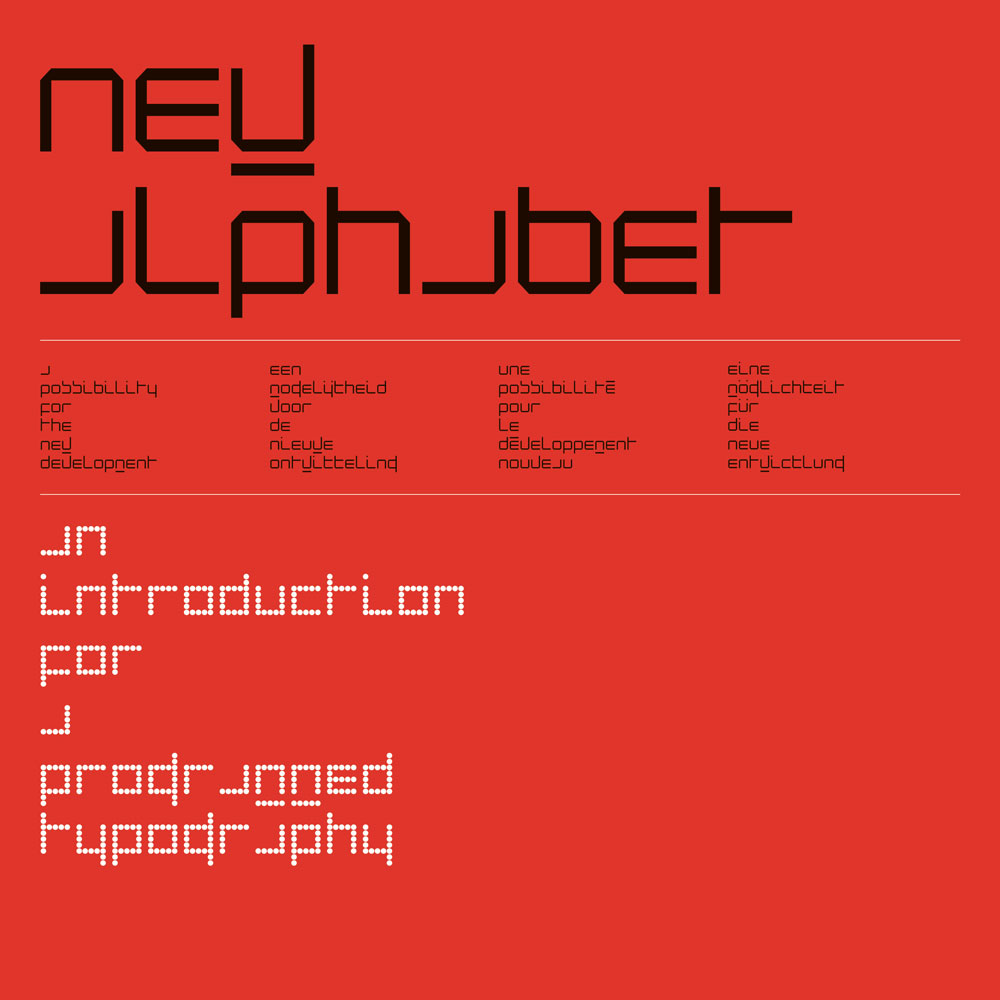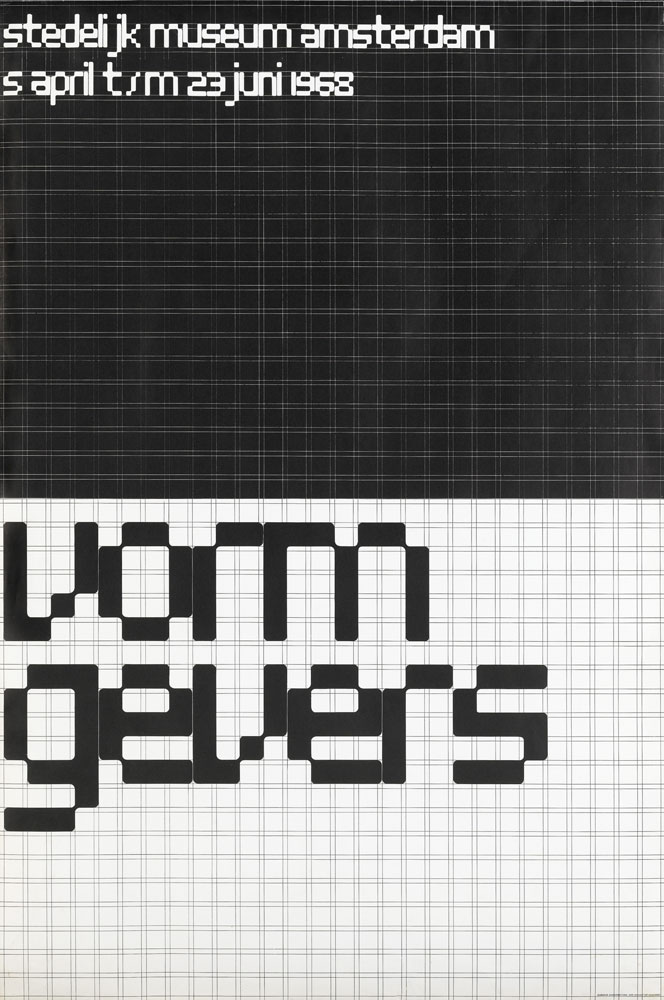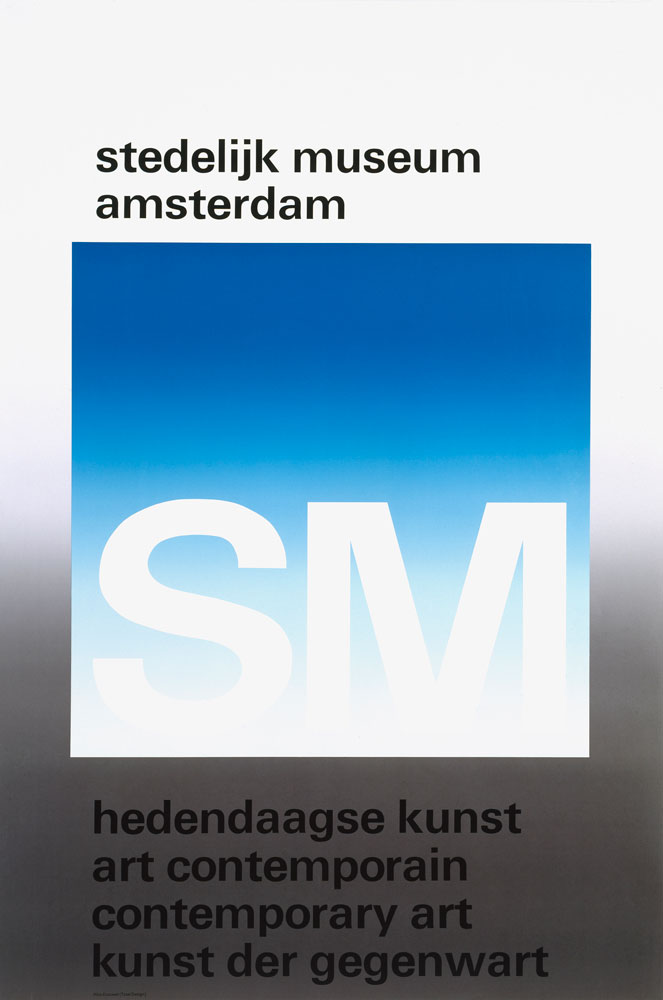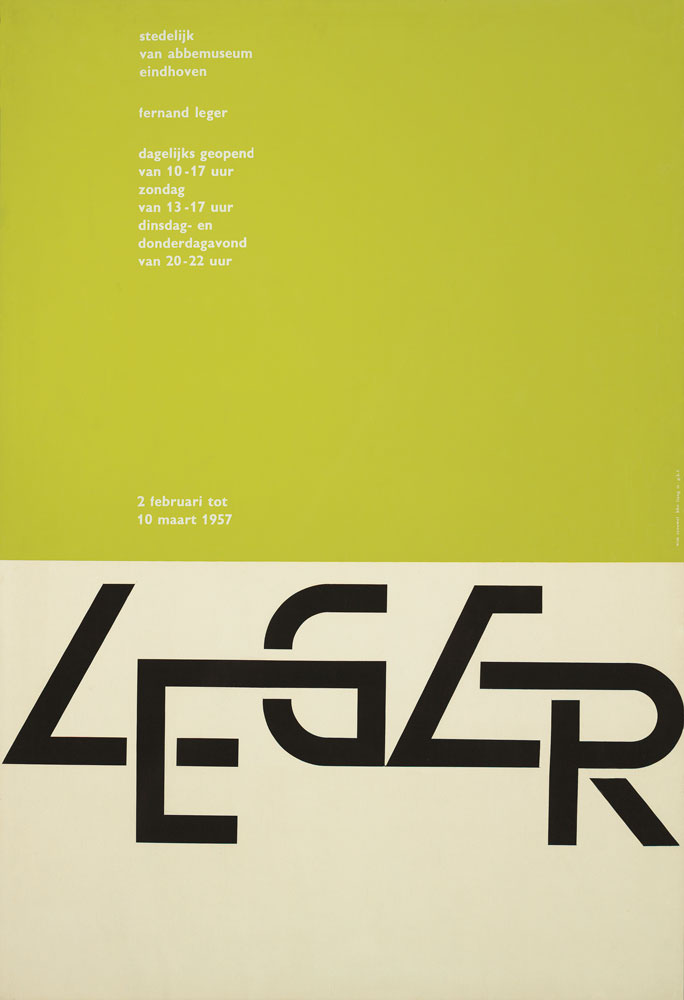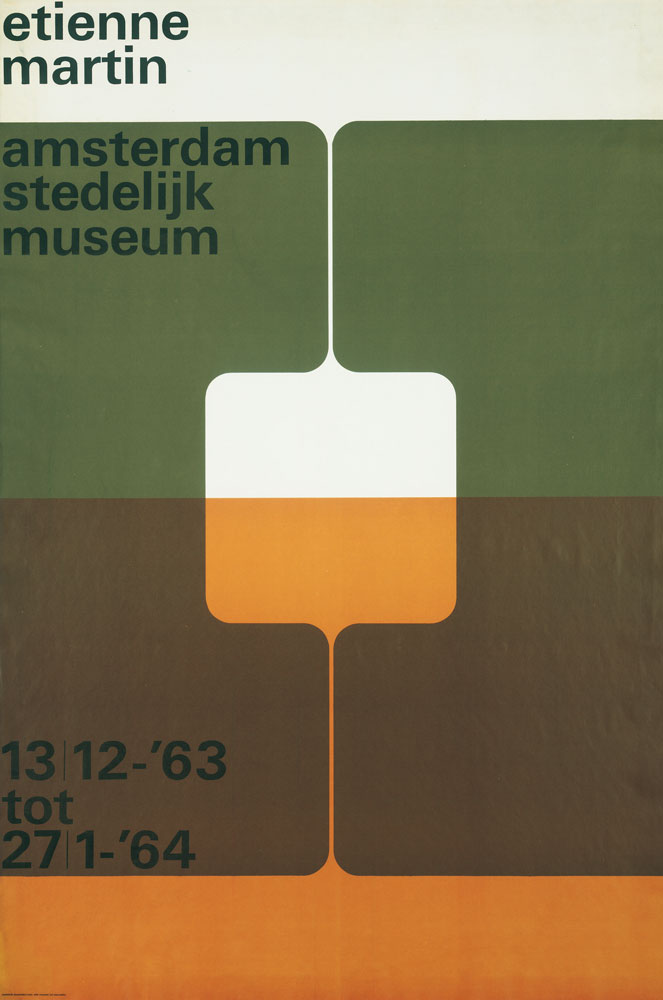ART-PRESENTATION: Wim Crouwel-Mr. Gridnik
 By many accounts, Wim Crouwel was among the most influential graphic designer in the Netherlands, a place with a storied tradition in graphic arts and typography. He designed phone books, postage stamps, posters, fonts, furniture, logos, and signage systems for state agencies and cultural institutions. Enamored by the pleasing efficiency of Swiss typography and modern architecture, Crouwel embraced a rational, analytical approach in his work. “I’ve always thought a designer should have a cool and detached approach,” he said in a 2012 interview. “I thought that would be of more use to humanity than a personal, expressionist kind of design”.
By many accounts, Wim Crouwel was among the most influential graphic designer in the Netherlands, a place with a storied tradition in graphic arts and typography. He designed phone books, postage stamps, posters, fonts, furniture, logos, and signage systems for state agencies and cultural institutions. Enamored by the pleasing efficiency of Swiss typography and modern architecture, Crouwel embraced a rational, analytical approach in his work. “I’ve always thought a designer should have a cool and detached approach,” he said in a 2012 interview. “I thought that would be of more use to humanity than a personal, expressionist kind of design”.
By Efi Michalarou
Photo: Stedelijk Museum Archive
On 19/9/19, Wim Crouwel passed away at the age of 90. The Stedelijk Museum mourns the loss of an exceptionally gifted and extremely loyal friend and passionate ambassador for design with the exhibition “Wim Crouwel: Mr. Gridnik” that features a selection of his typographic oeuvre. Wim Crouwel (1928-2019), co-founder of the first multidisciplinary design agency in the Netherlands, Total Design in 1963, is one of the Dutch best-known designers. He is internationally renowned for creating projects for numerous organisations and institutes including the Van Abbemuseum, the Stedelijk Museum, designing fonts such as the 1967 “New Alphabet”, company logos etc. Wim Crouwel and the Stedelijk Museum enjoy a long-standing relationship. In 1963, when Edy de Wilde exchanges the directorship of the Van Abbemuseum Museum in Eindhoven for that of the Stedelijk Museum in Amsterdam, he asks Wim Crouwel to join him as sole designer of the museum’s graphic identity. The two work together until De Wilde’s departure in 1985, throughout which time Crouwel not only creates the Stedelijk’s visual communications, but some 400 posters and over 300 catalogues. Wim Crouwel is trained by the graphic designer Dick Elffers, runs his own design agency between 1954 and 1957, and works with interior designer Kho Liang Ie from 1956 to 1960. The oeuvre that cements his fame, standing and reputation is his work for the Stedelijk Museum, that he considers the most notable client of his career. Although he believes that a graphic designer must defer to the message and not interpret its content, in his work for the Stedelijk, we see exceptional variety despite his systematic approach. He evokes the work of the artist, selects reciprocal colors and, with the aid of a sans-serif font, creates a minimal, streamlined aesthetic. Following the example of Swiss designers, Wim Crouwel uses a system: a grid structure that serves as a design template, as can be seen in the poster and catalogue he designed for the 1968 exhibition “Vormgevers”. This system enables him to approach design objectively, an attitude he robustly upholds. And earns him nicknames such as ‘the system general’ and ‘Mr. Gridnik’. It is thanks to this objective and systematic approach that he is able to create such a large body of work for the exacting museum. He works for the Stedelijk during his time at Total Design, the multidisciplinary design agency he co-founds in 1963, and the creative engine behind the house styles of countless organizations and corporations such as Rabobank, Teleac, De Doelen and Auping. Throughout his life, he is a fervent believer in taking a rational approach to the subject and believes neutrality is integral to the task of the designer. Which routinely leads to discussions within the profession. He never avoids debate, but remains true to his principles. His experimental New Alphabet in 1967 and design of the new Dutch phone book in 1977, created with Jolijn van de Wouw, prove controversial. In 1979, Filatelie magazine dubs Crouwel’s postage stamp – which incorporates his “Gridnik font”– the ugliest postal stamp ever designed. They remained in circulation for over 25 years. Wim Crouwel often acts as spokesperson for the graphic design profession: as committee member, jury member, professor, chairman and director. He joins the Industrial Design Department at TH Delft as a lecturer in 1965 where he teaches for twenty years, before serving as professor from 1982-1985. He is a professor at the Erasmus University in Rotterdam from 1987 to 1993. His last position is that of director of Museum Boijmans Van Beuningen in Rotterdam (1985-1993). Wim Crouwel is the recipient of numerous awards and distinctions, in the Netherlands and worldwide. Two monographs on the oeuvre of Wim Crouwel have been published: “Mode en Module” in 1997, authored by Frederike Huygen and “Hugues C. Boekraad, and” in 2015 Wim Crouwel Modernist by Frederike Huygen. The Stedelijk Museum exhibits his work twice, in 1979 and in 2011. Crouwel curates and designs the exhibition concept of the first show, and also produces an extra bulletin. In 2011, the Design Museum in London and the Stedelijk Museum co-produce the exhibition “Wim Crouwel: A Graphic Odyssey” which opens in London before to uring to the Stedelijk Museum.
Info: Stedelijk Museum, Museumplein 10, Amsterdam, Duration: 28/9/19-22/3/20, Days & Hours: Mon-Thu & Sat-Sun 10:00-18:00, Fri 10:00-22:00, www.stedelijk.nl
